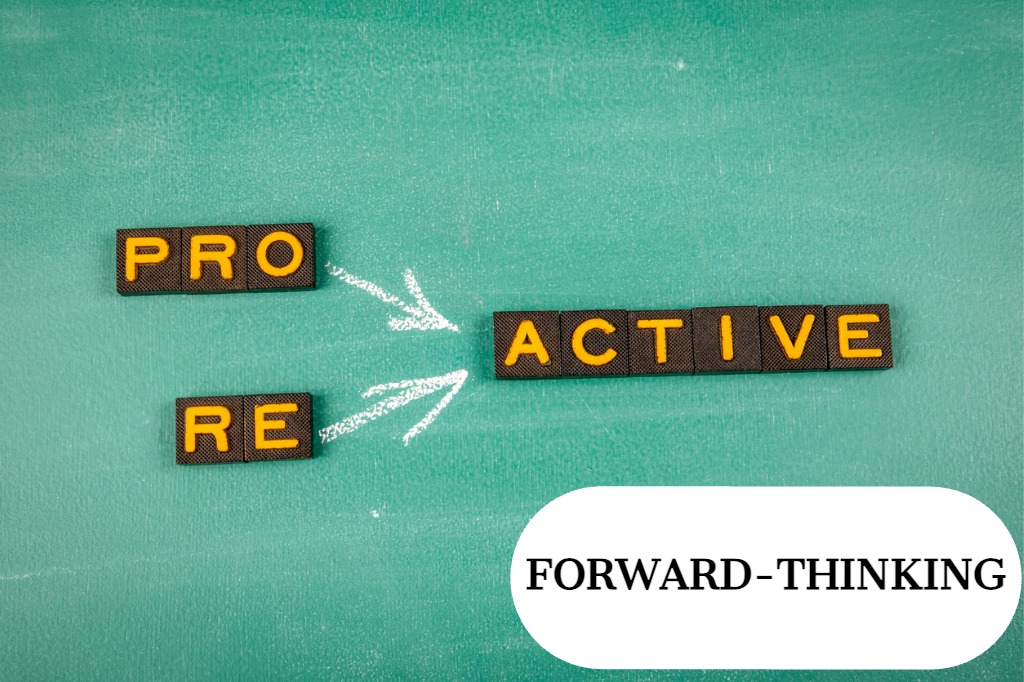Laurie's Blogs.
Oct 2025
Expanding Your Rehab Mindset – Being Proactive, Reactive, and Forward Thinking

A large percentage of what physical therapists do is centered on injury rehabilitation. This is good for injury rehabilitation, however the full scope of our knowledge and skills are being underutilized when it comes to helping people achieve peak function and performance levels. Function refers to a specific activity, whereas performance measures the effectiveness and efficiency with which that activity is carried out
At any given moment, each person operates from a personal baseline of ability. Typically, people aim to either regain or improve their performance relative to this baseline. Often, we adopt a reactive approach, intervening only after an injury occurs to help individuals return to their original state. However, what if that baseline itself contributed to the injury? This perspective suggests a potential explanation for the prevalence of recurring injuries, persistent pain, and unsuccessful surgical outcomes.
Let’s take it to the dogs. How might this apply?
1) The agility dog. This dog might be subject to a deluge of training techniques: working jump grids; practicing weaves; or learning better handler queues to help the dog know where to go next in a sequence of objects. What if, however, the dog doesn’t have good static balance with a three leg stand or a diagonal leg stand? What if a medial shoulder hypermobility is causing an altered gait and reduced reach in a front limb? Peak function and performance won’t be achieved without addressing these areas, and could contribute to an injury at a later date.
2) The post-operative TPLO dog. This dog might have had a chronic issue in the affected stifle prior to the full tear of the ACL. Might this manifest as trigger points in the sartorius and iliopsoas in that limb? Might the dog have developed a gait adaptation whereby end range extension has not been sought or attained in the hock, stifle, and hip? Might the dog have been front-loading prior to injury and developed compensatory issues in the thoracic spine, shoulders, and carpal joints? So, while your post-operative rehab would be focused on the surgical leg, what about the secondary issues that will impact return to full function?
3) The senior dog. This dog has literally had a lifetime of wear and tear! Over the years this dog has potentially developed joints with osteoarthritis, movement patterns that have resulted in fascial restrictions, and various weaknesses. Do we wait until that dog is confronted with a serious issue, a lameness, or debilitation before rehab is instituted? Naturally, this dog is better served by being proactive in our efforts. Why wait for decline when better function can be achieved in the here and now?
Performance physiotherapy / rehabilitation not only restores function but also works on optimizing and enhancing performance. That’s a difference-maker! When you know the endpoint isn’t just to restore their baseline, but also to optimize and hopefully enhance their performance, it changes your entire outlook on the injury rehabilitation process from day one.
It’s about being pro-active, reactive, and forward thinking all at once!


